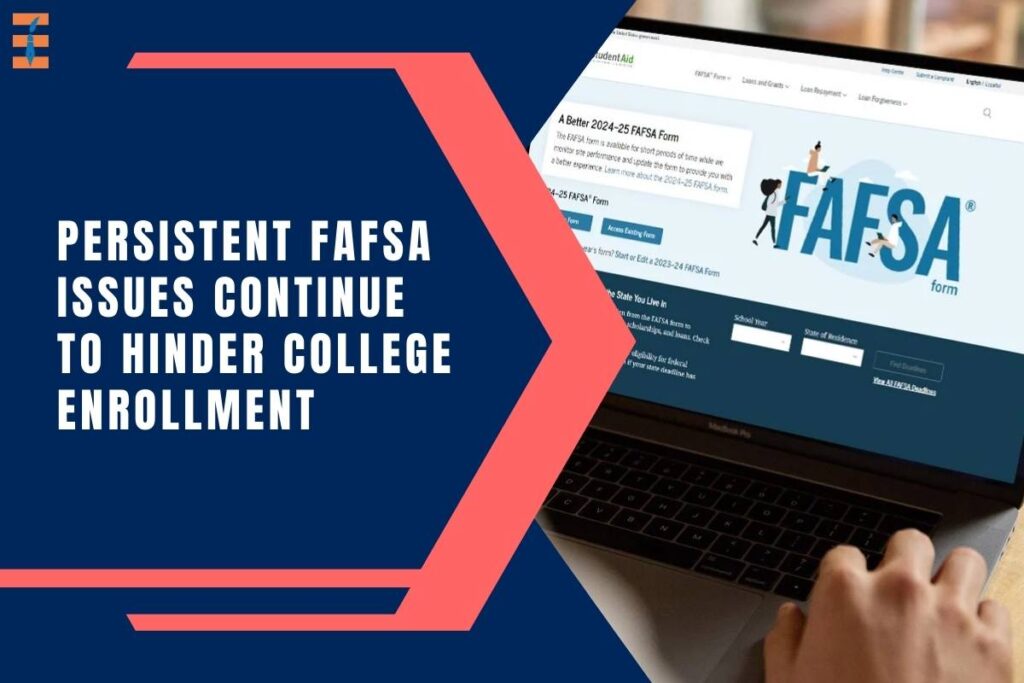Source-WBBJ TV
This year, the Department of Education created significant difficulties for millions of college students and their families by releasing an updated version of the Free Application for Federal Student Aid (FAFSA) form that was plagued with technical bugs. Completing the FAFSA form is a prerequisite for anyone seeking federal grants and loans, as well as institutional financial aid at the vast majority of American colleges and universities. However, despite the form’s crucial role, the issues with this year’s FAFSA made it nearly impossible for many families to complete, resulting in a dramatic 13.5 percent decline in completed FAFSA applications by high school seniors by the end of May.
The problems originated from the 2021 Consolidated Appropriations Act, which directed the Education Department to release a new version of the form. The updated form, released last December, was not only late but also riddled with glitches. This delay and the subsequent technical issues created significant challenges for families and colleges. While students and their parents struggled to fill out the forms, college financial aid offices faced difficulties in providing students with accurate financial aid estimates.
Apologies and Concerns Over Future FAFSA Forms
Last month, Education Secretary Miguel Cardona apologized during a congressional hearing, acknowledging the impact of the delays. “I apologize to the students and families that have had to deal with delays,” he stated, describing the rollout as “frustrating” and “challenging.” Despite this apology, there are concerns that the next year will not see improvements.
Recently, a group of 25 organizations representing college administrators, government officials, and other higher education professionals released an open letter expressing their worries about the upcoming FAFSA form. The letter highlighted that there are less than four months until the usual FAFSA release date of October 1, yet a draft FAFSA has not been released.
Normally, the draft would be available by the end of February. The letter warns, “We are concerned that the FAFSA will be delayed again, and that the release date will remain uncertain until just before the form becomes available. This approach will lead to a repeat of last year, with schools and counselors unable to plan the counseling and outreach efforts that are needed, colleges unable to ensure a smooth and timely process for generating financial aid offers, and students left in the lurch.”
The Impact of Declining FAFSA Completion Rates
The letter also addressed the severe decline in FAFSA completions, noting a 13.5 percent drop. “This drop is twice the magnitude of the FAFSA completion decline that occurred during the pandemic, which portended a 7.4% drop in college enrollment,” the letter reads. “Unless the current trajectory changes dramatically, we will again experience a significant decline in college enrollment this fall, during a time when college enrollment is still below pre-pandemic levels.”
These persistent problems suggest that the FAFSA difficulties experienced this year are likely to continue. The letter and the data indicate that the Education Department has not yet learned from its previous mistakes. If the issues are not addressed promptly, the implications could be severe, potentially resulting in another significant drop in college enrollment, further exacerbating the challenges already faced by students, families, and educational institutions.
Also Read: Top Education Officials Warned of Free Application for Federal Student Aid Overhaul Hurdles in 2020

